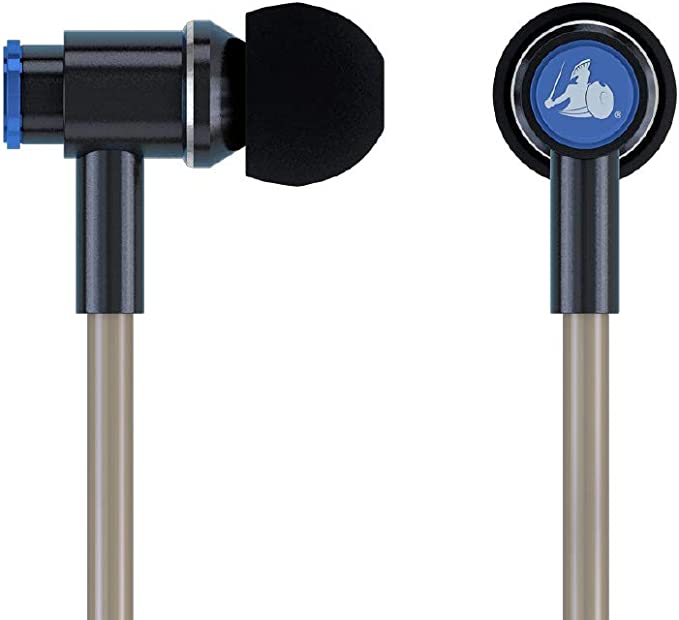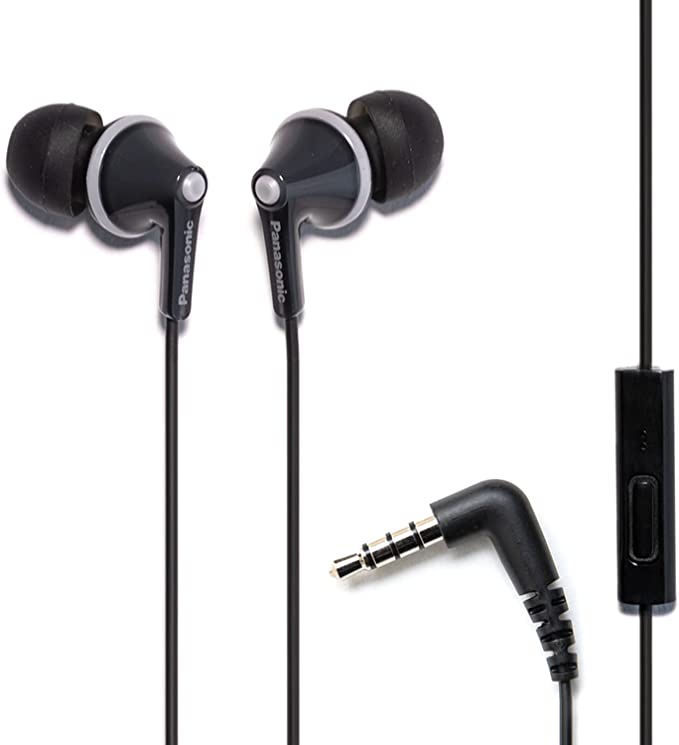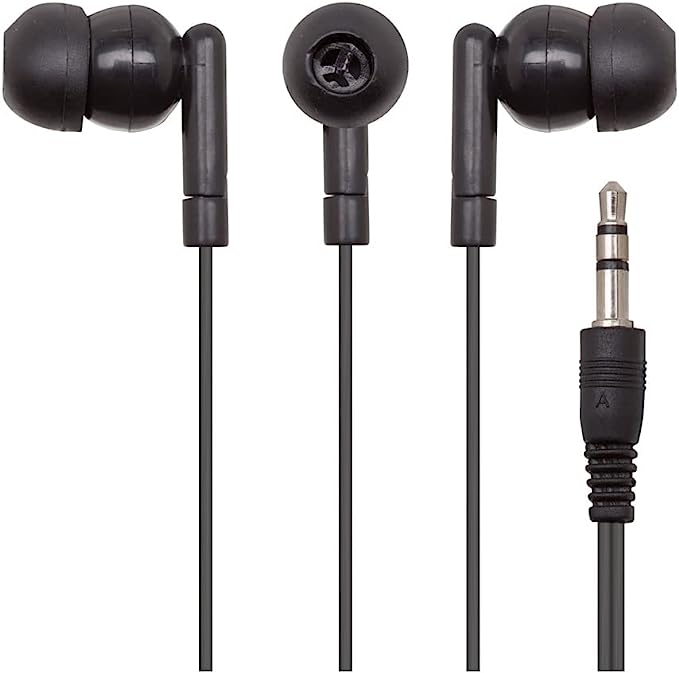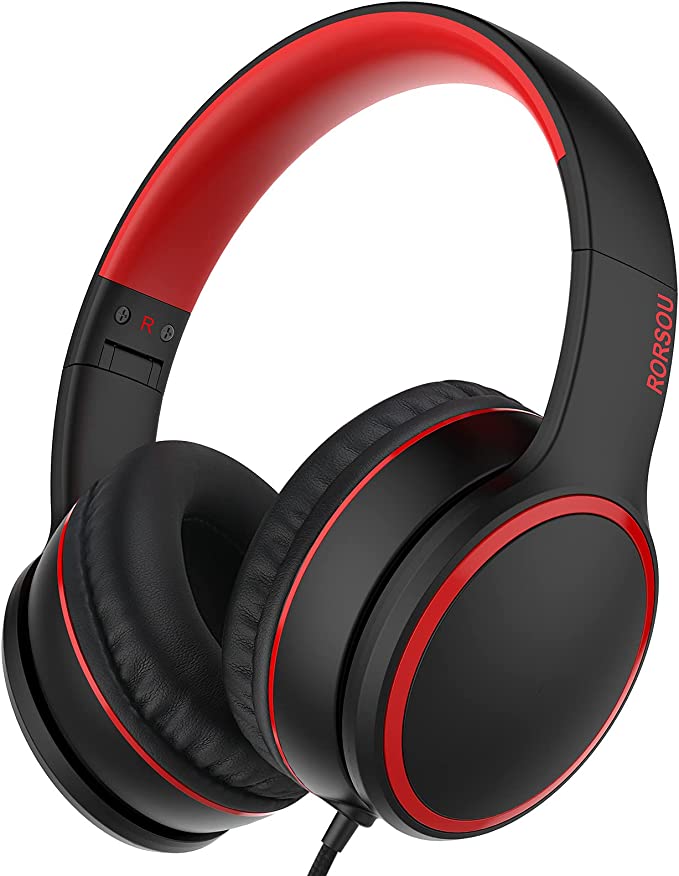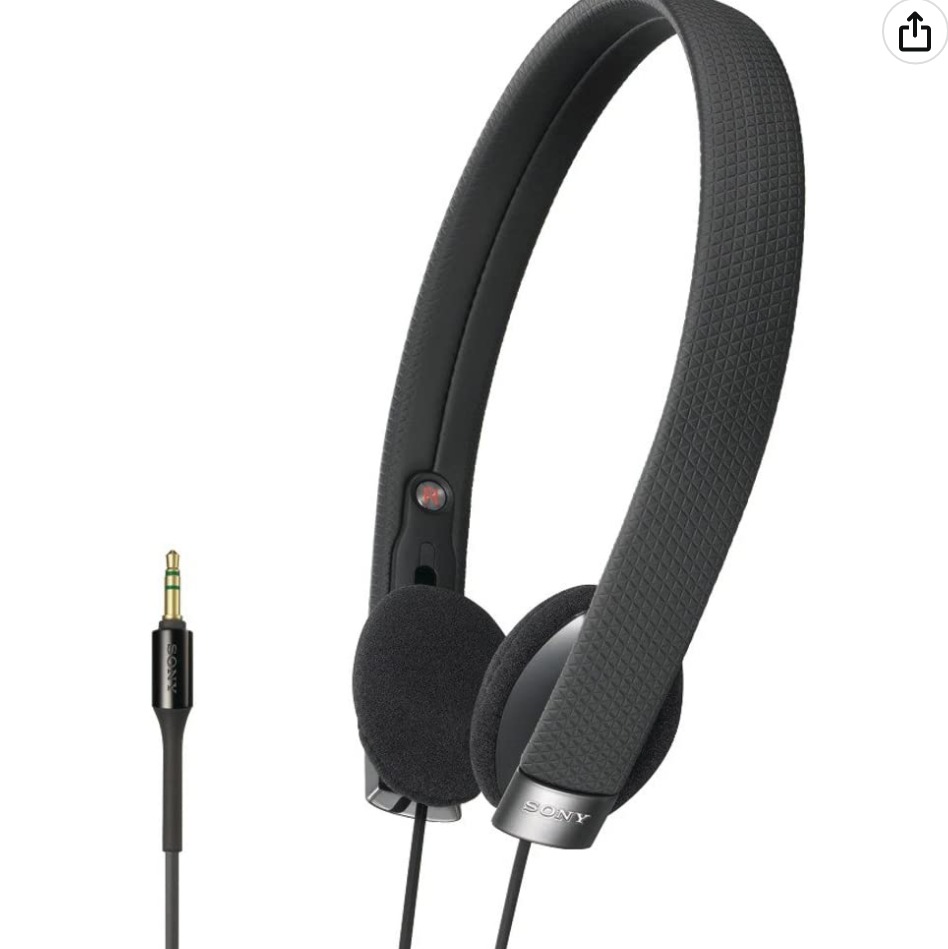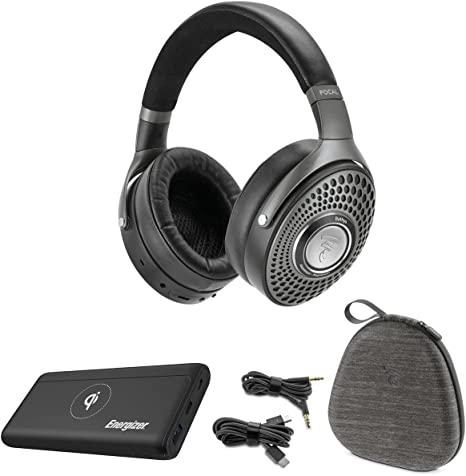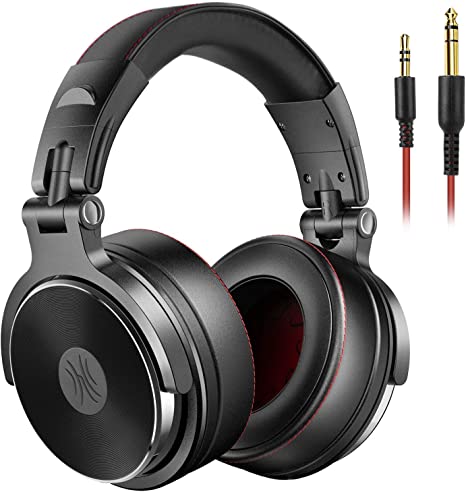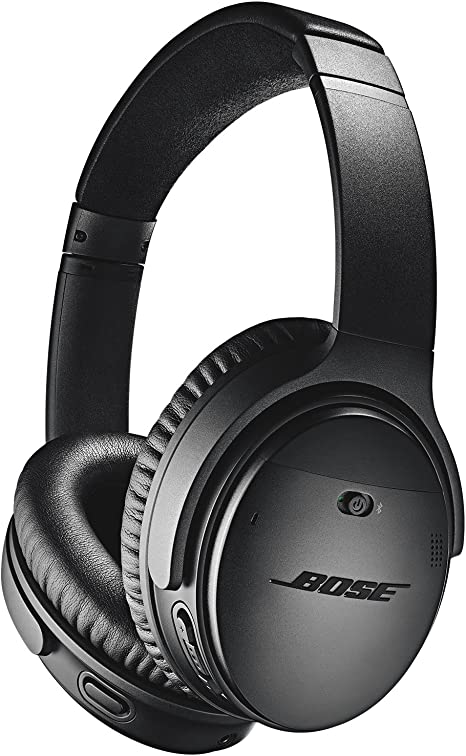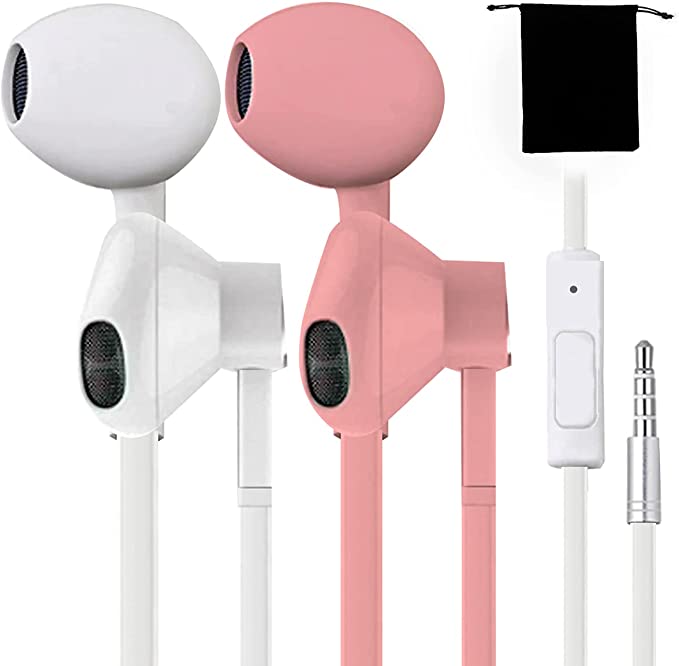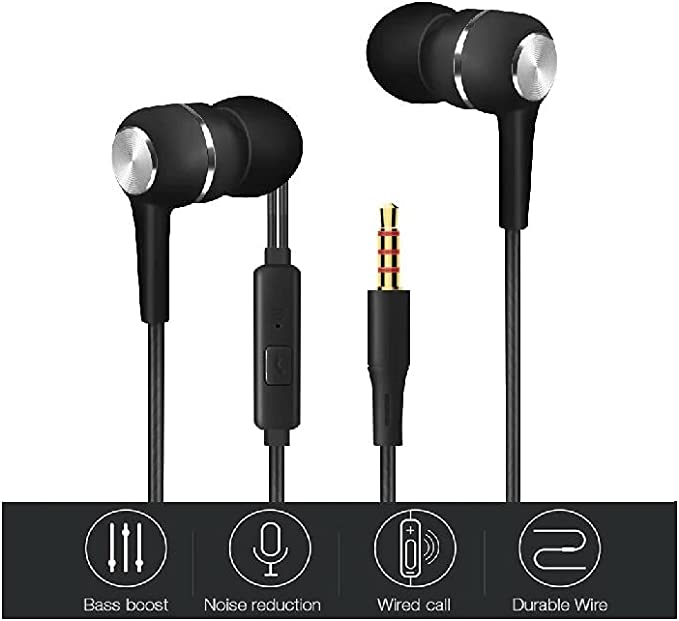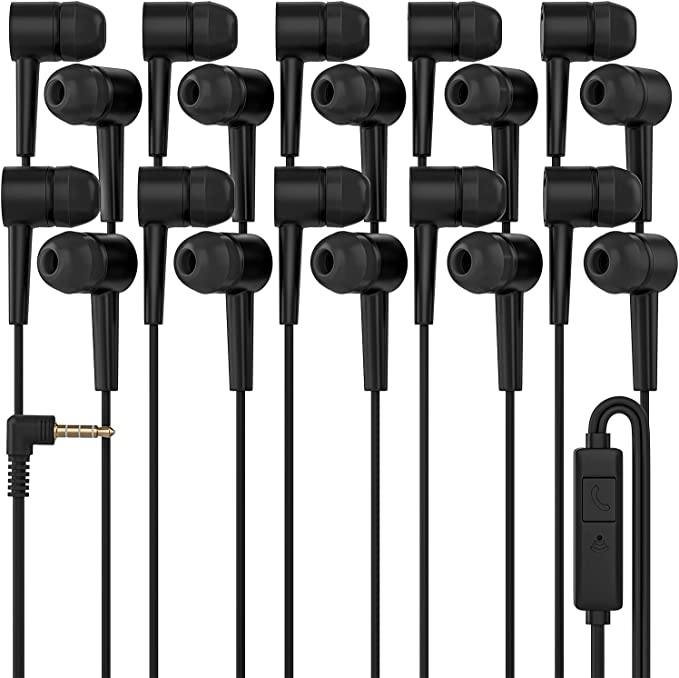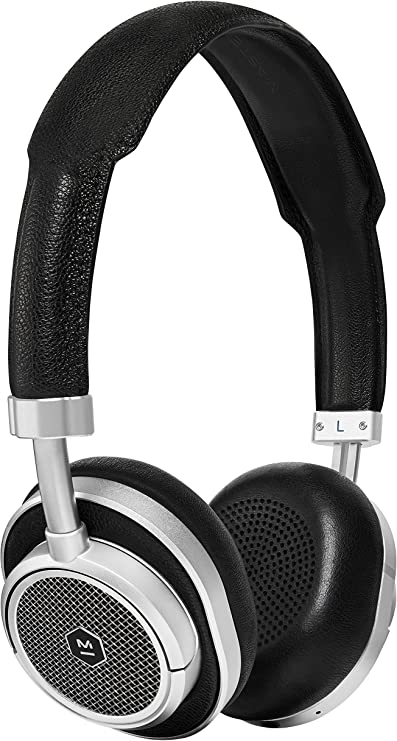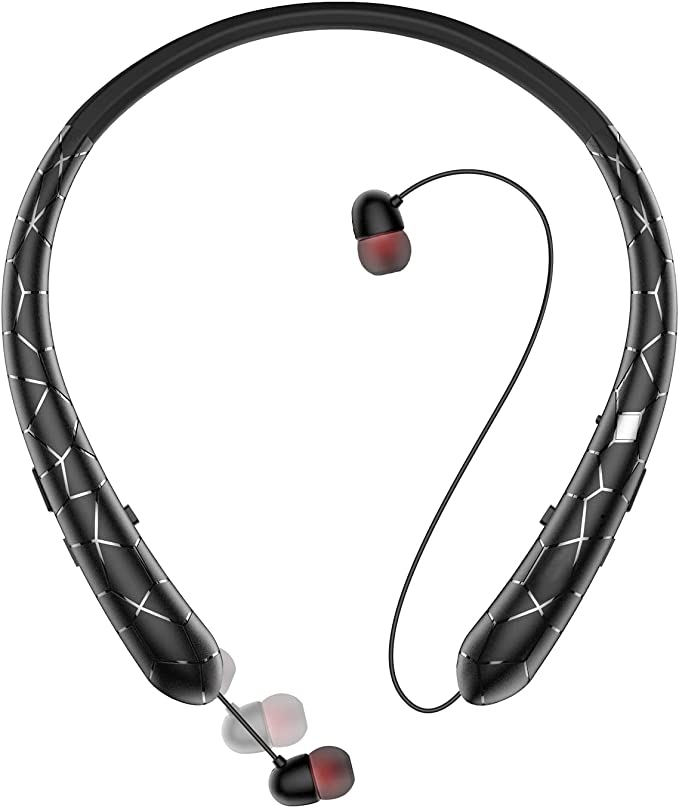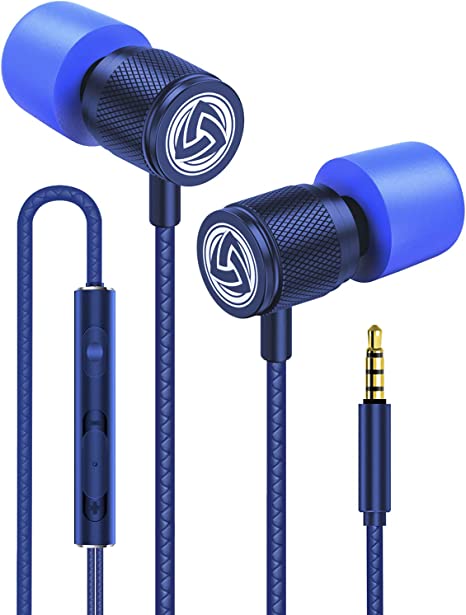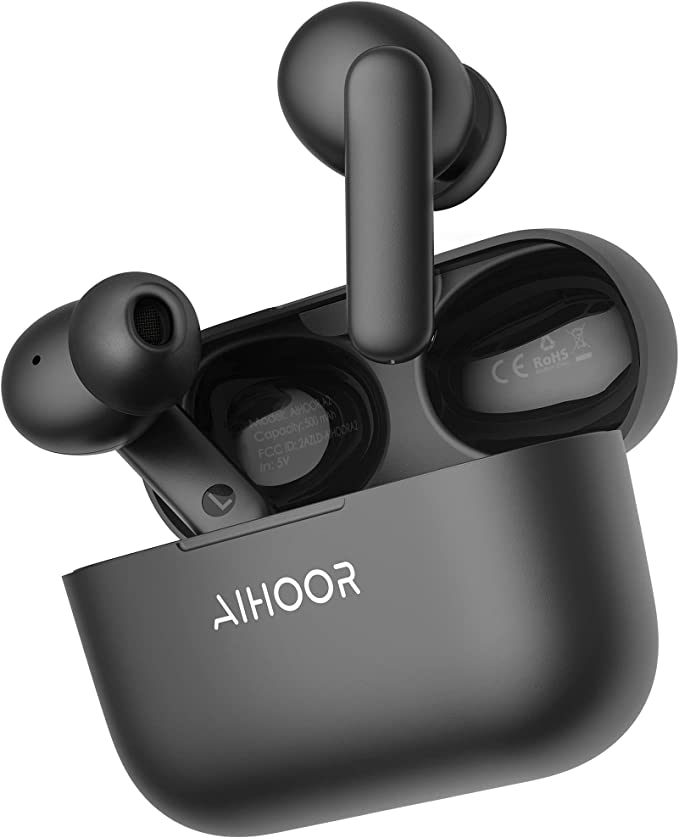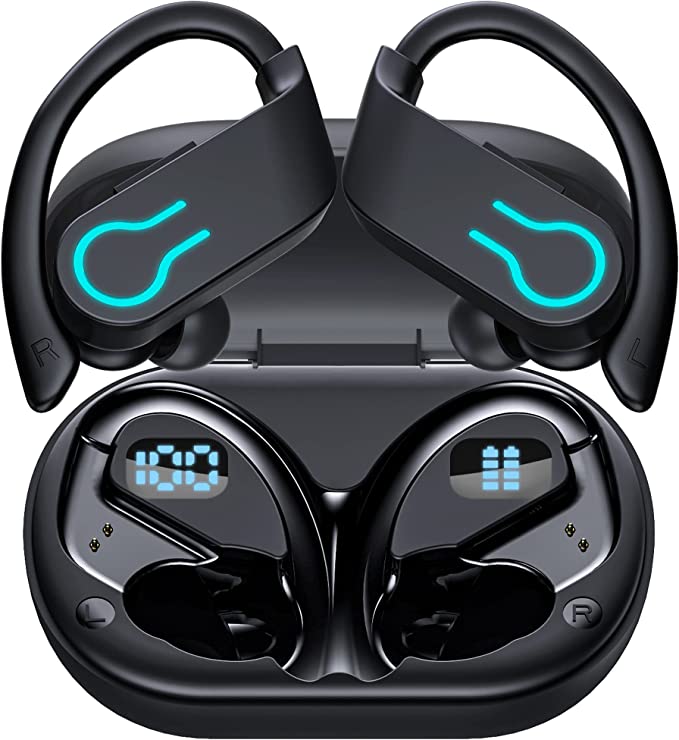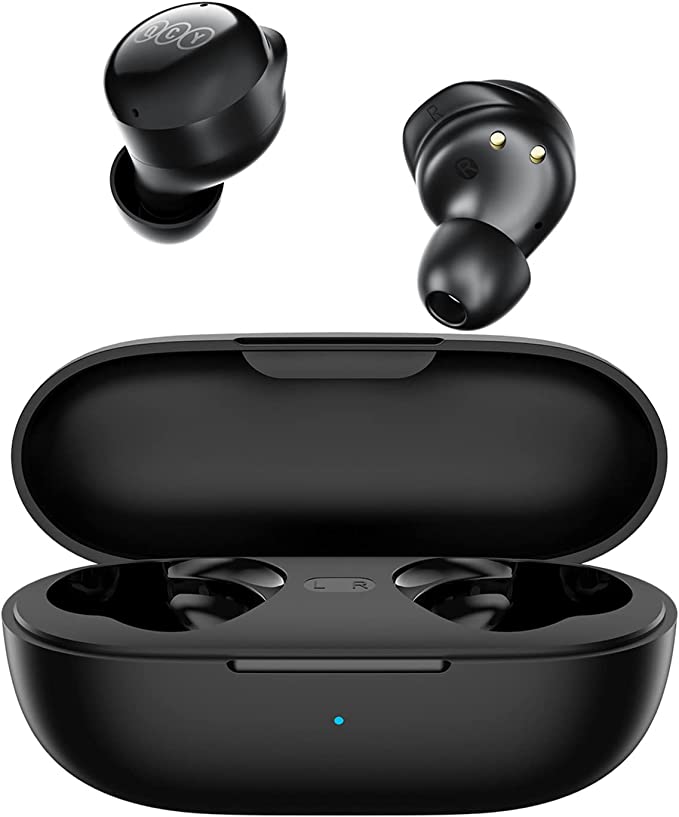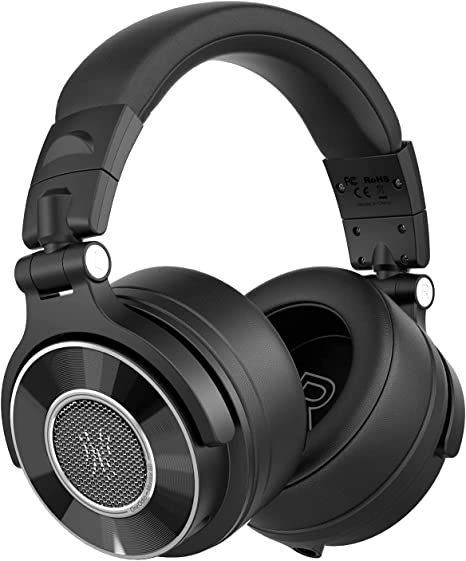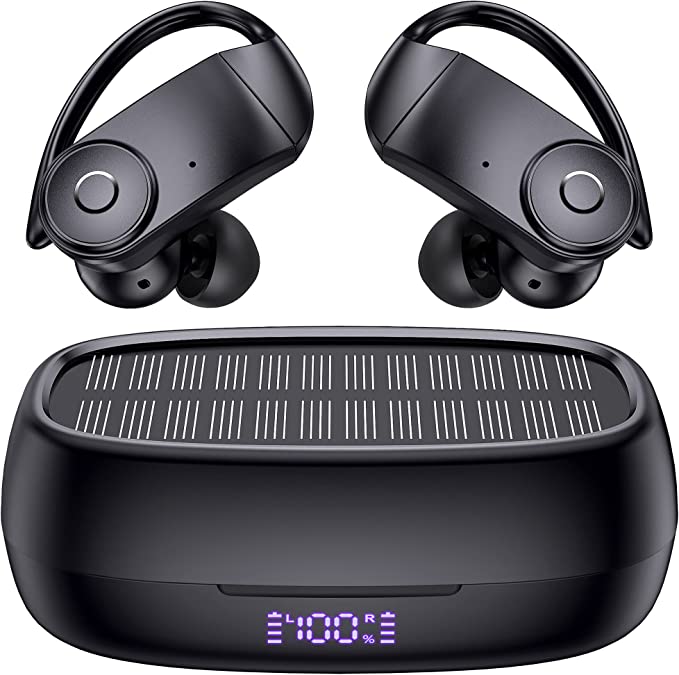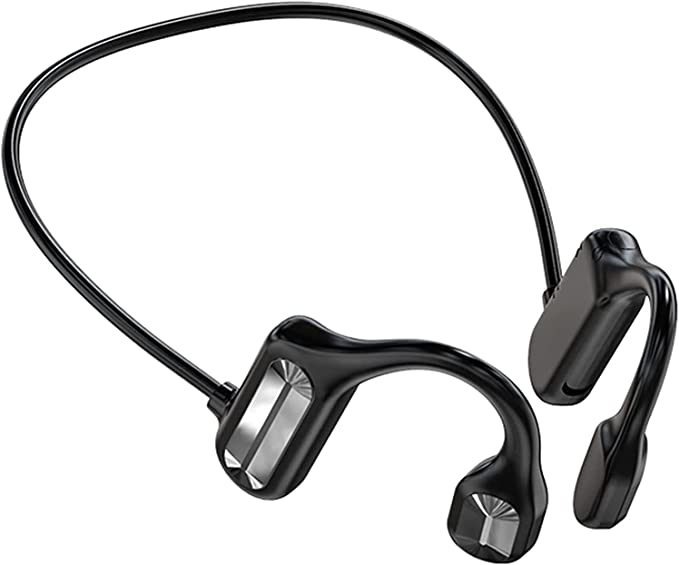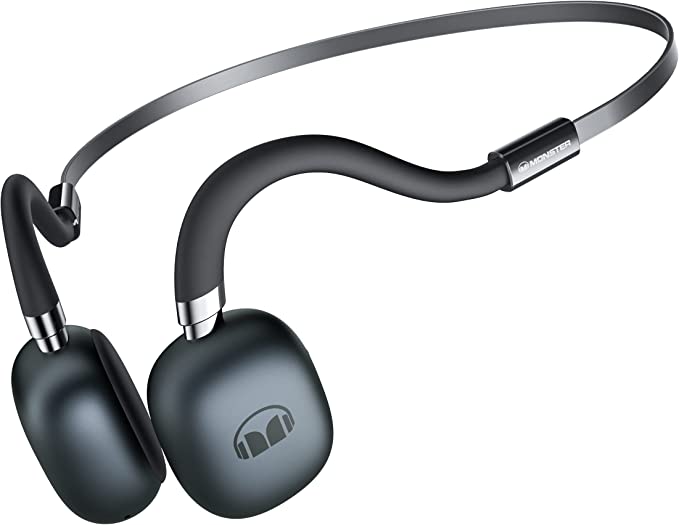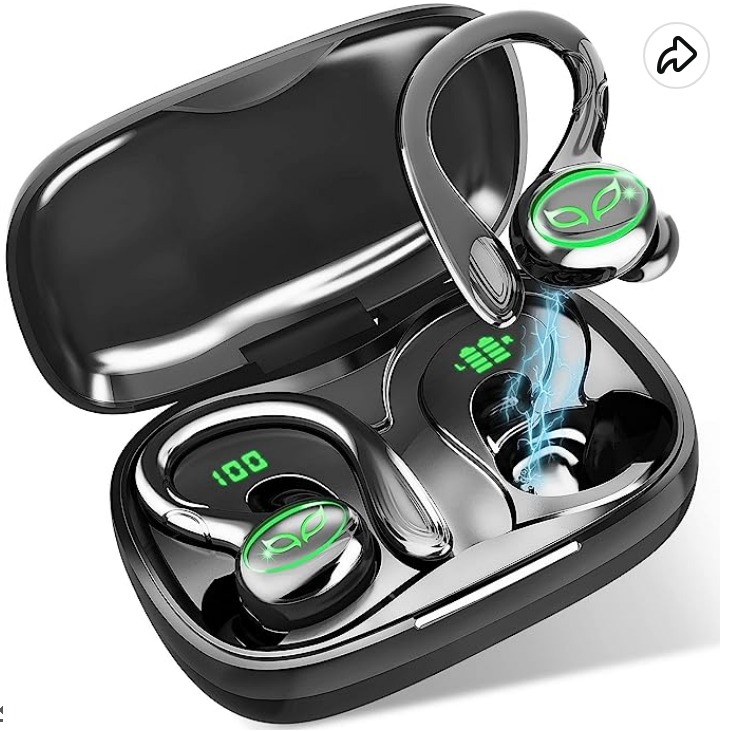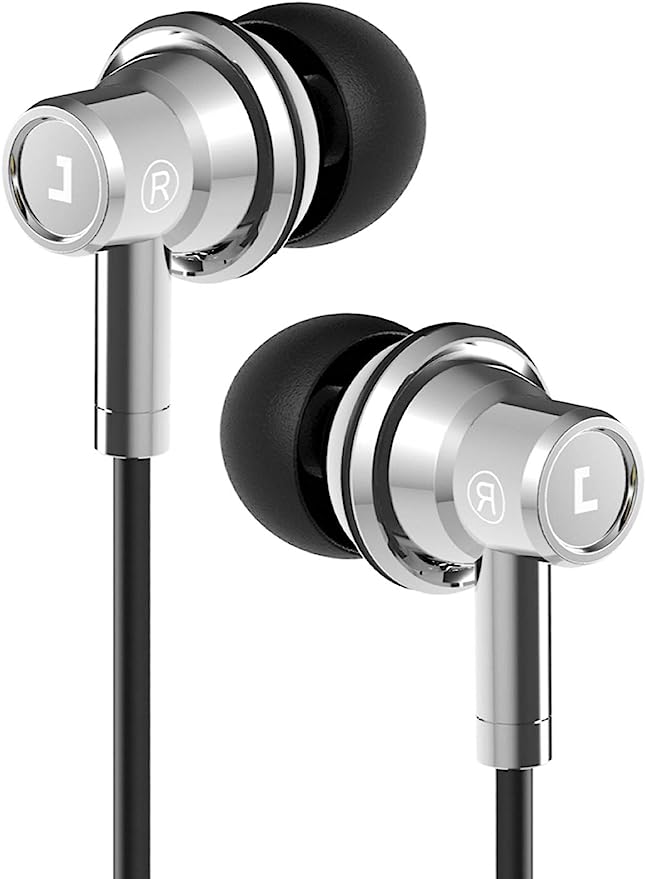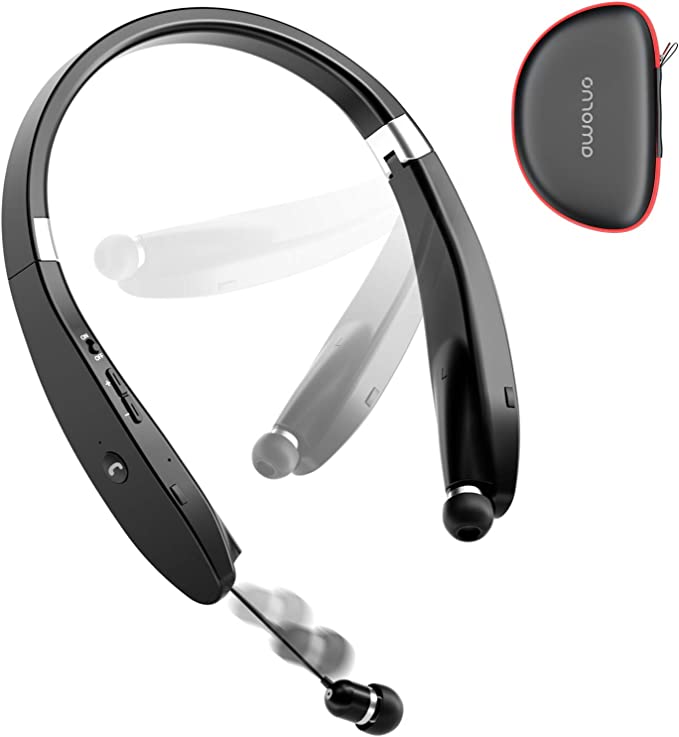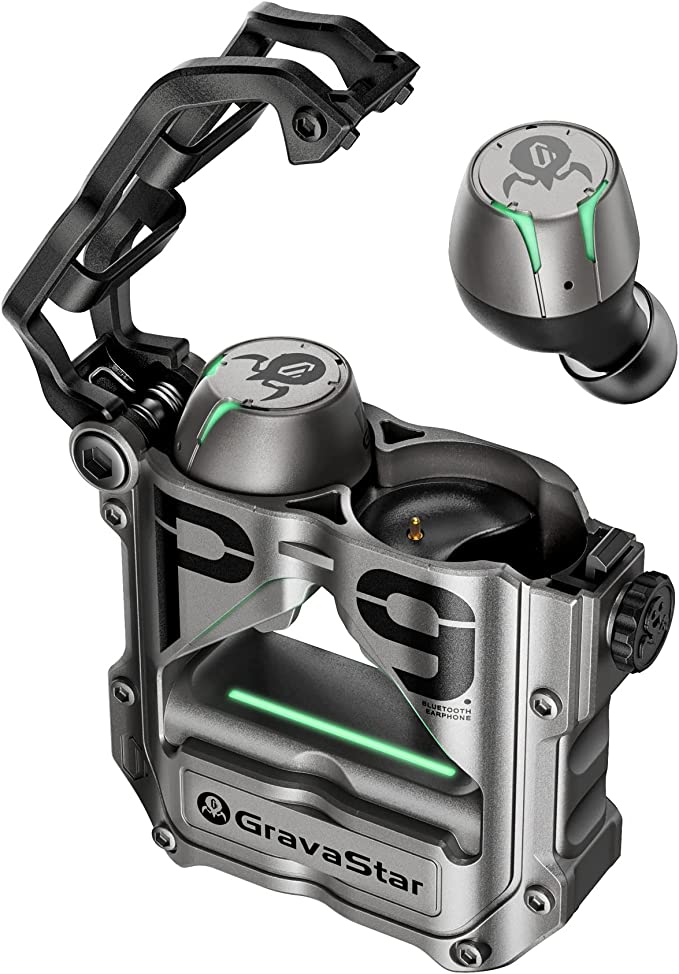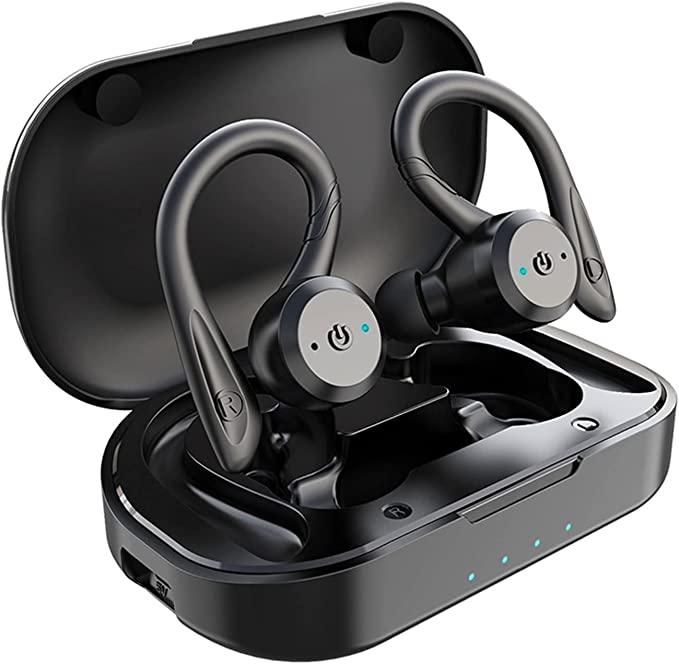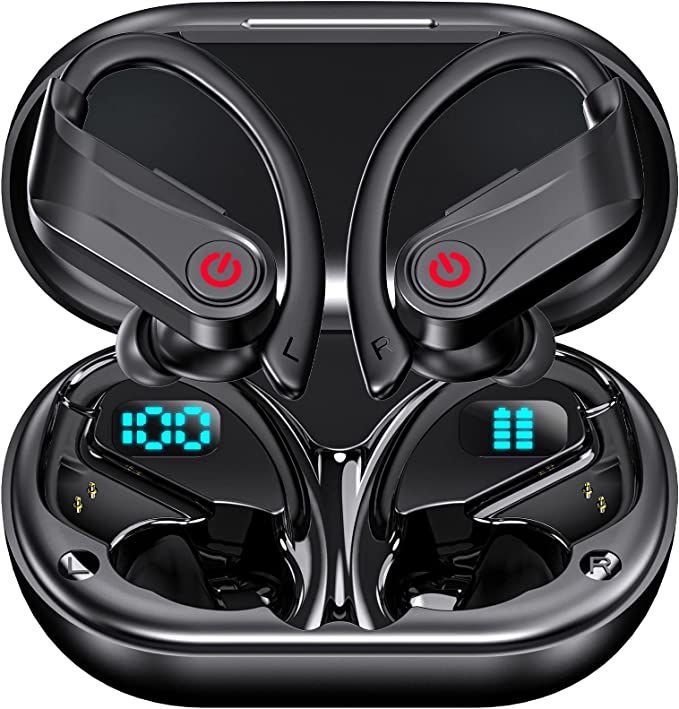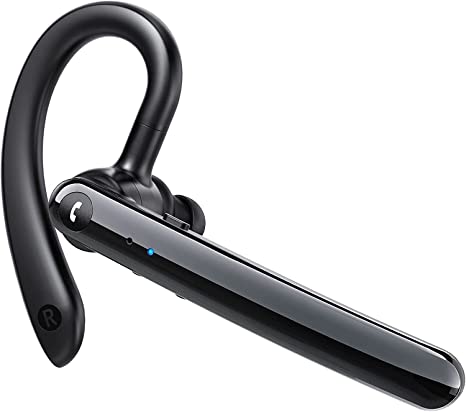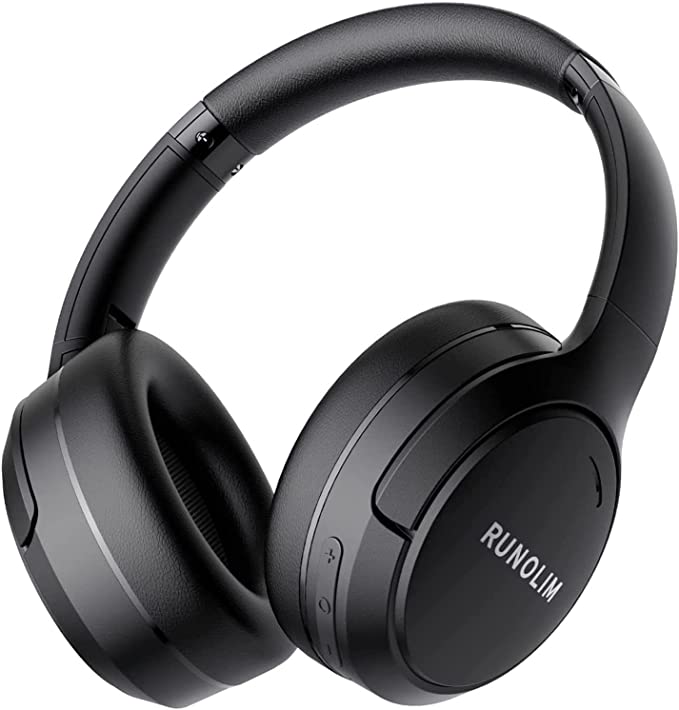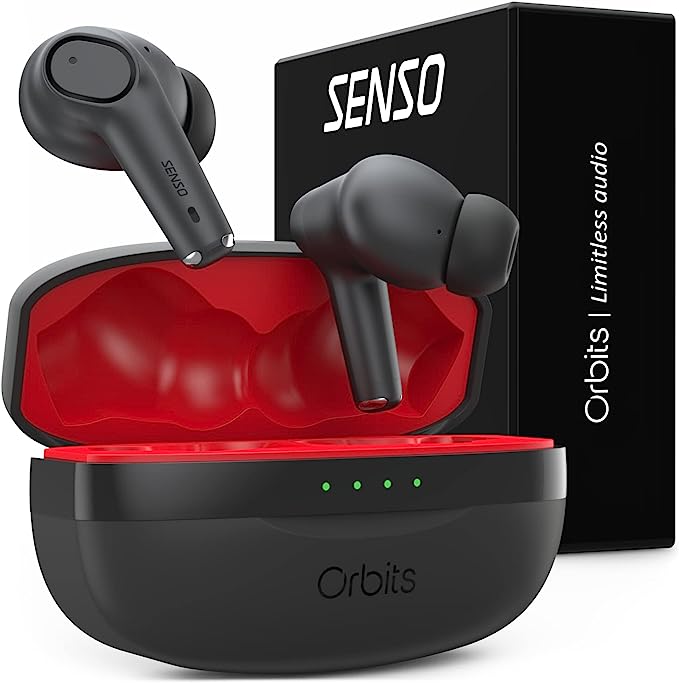Koss QZ Buds: Experience Pure Sound with Active Noise Cancellation
Update on March 21, 2025, 12:33 p.m.
We live in a world saturated with sound. From the relentless hum of traffic to the incessant chatter of open-plan offices, our ears are constantly bombarded with auditory input. While some sounds enrich our lives – the laughter of loved ones, the melody of a favorite song – much of what we hear is simply noise. This unwanted sound isn’t just annoying; it can impact our concentration, productivity, and even our overall well-being. It’s no wonder, then, that we often crave moments of pure, unadulterated silence.

Sound Waves 101: A Crash Course in Acoustics
Before we dive into the magic of noise cancellation, let’s quickly recap some basic physics. Sound travels in waves, much like ripples spreading across a pond. These waves have two key properties:
- Frequency: This determines the pitch of the sound. It’s measured in Hertz (Hz), representing the number of wave cycles per second. A low frequency corresponds to a low-pitched sound (like a bass drum), while a high frequency corresponds to a high-pitched sound (like a whistle). Humans generally hear sounds within the range of 20 Hz to 20,000 Hz.
- Amplitude: This determines the loudness of the sound. It’s related to the intensity of the sound wave. We measure loudness in decibels (dB). A higher amplitude means a louder sound.
Understanding these properties is key to grasping how noise cancellation works.

The Magic Trick: How Active Noise Cancellation Works
Active Noise Cancellation (ANC) isn’t about simply blocking sound, like sticking your fingers in your ears. It’s a much more sophisticated process based on a principle called destructive interference.
Imagine two identical sound waves traveling through the air. If they’re perfectly aligned – crest to crest and trough to trough – they combine to create a louder sound (constructive interference). But what if we could shift one wave so that its crests align with the troughs of the other? The result is that they cancel each other out, resulting in silence.
This is precisely what ANC technology does. It generates a sound wave that is the exact inverse of the unwanted noise. When these two waves meet, they effectively neutralize each other.

Feedforward vs. Feedback vs. Hybrid ANC: A Deep Dive
There are several ways to implement ANC, each with its own strengths and weaknesses:
- Feedforward ANC: This system uses an external microphone, placed on the outside of the ear cup or earbud, to “listen” to the approaching noise. The ANC circuit then analyzes this noise and generates the anti-noise wave before the sound reaches your ear. Feedforward systems are generally good at canceling out predictable, constant noises like the drone of an airplane engine.
- Feedback ANC: This system uses an internal microphone, placed inside the ear cup or earbud, to monitor the sound that actually reaches your ear. This allows the ANC circuit to fine-tune the anti-noise wave based on the actual sound present in the ear canal. Feedback systems are often better at handling a wider range of noises, including less predictable sounds.
- Hybrid ANC: As the name suggests, this combines both feedforward and feedback approaches, leveraging the strengths of each. This typically provides the most effective noise cancellation across a broad spectrum of frequencies.
Based on the available information and the positioning of the microphones, the Koss QZ Buds appear to primarily utilize a feedforward ANC system. The external microphone captures the ambient noise, and the internal circuitry generates the canceling wave.
Introducing the Koss QZ Buds: Your Personal Quiet Zone
The Koss QZ Buds are in-ear headphones designed to bring the benefits of active noise cancellation to your everyday listening experience. Featuring a sleek, understated design with a matte black finish, metal acoustical grills, and chrome accents. These wired earbuds connect via a standard 3.5mm jack, making them compatible with a wide range of devices.
The Dual-Microphone Advantage: Listening In and Out
As described earlier, the Koss QZ buds feature a dual microphone setup for improved noise analysis. This dual-mic approach allows for the “Monitor Mode” feature.
Monitor Mode: Staying Connected to Your Surroundings
One of the potential downsides of effective noise cancellation is that it can isolate you too much from your environment. You might miss important announcements, conversations, or warning signals. The Koss QZ Buds address this with their “Monitor Mode.”
By activating Monitor Mode, you’re essentially telling the earbuds to amplify external sounds rather than cancel them. The same microphones used for ANC now pick up the ambient noise and play it through the earbuds, allowing you to hear what’s going on around you without removing the headphones. This is incredibly useful in situations where situational awareness is important, such as crossing a busy street or listening for your boarding call at the airport.

Beyond Silence: The Importance of Audio Quality
While noise cancellation is a crucial feature, it shouldn’t come at the expense of sound quality. After all, what’s the point of silencing the world if your music sounds muffled or distorted?
Koss has a long and respected history in the audio industry, dating back to 1958 when John C. Koss invented the first stereo headphones. The QZ Buds build on this legacy, delivering a high-fidelity audio experience with a frequency response of 10-20,000 Hz, covering the entire range of human hearing. This ensures that you can enjoy the full richness and detail of your music, even with ANC activated.
Comfort and Fit: The Unsung Heroes of ANC
The effectiveness of ANC, particularly in earbuds, is heavily dependent on achieving a good seal between the ear tip and your ear canal. This seal provides passive noise isolation, physically blocking some of the external sound from entering your ear. This passive isolation works in conjunction with the active noise cancellation to create a truly quiet listening environment.
The Koss QZ Buds come with a selection of silicone and foam ear tips in various sizes (small, medium, and large) to help you find the perfect fit. A snug, comfortable fit not only maximizes noise cancellation but also ensures that the earbuds stay securely in place during use, and reduces that unpleasant “thumping” sound you can sometimes get from earbuds moving in your ears (the “microphonic” effect mentioned in user reviews).
The AAA Advantage: Uninterrupted Listening
Unlike many modern noise-canceling headphones that rely on built-in rechargeable batteries, the Koss QZ Buds are powered by a single AAA battery. While some might see this as a drawback, it offers a significant advantage: convenience.
When a rechargeable battery runs out, you’re stuck waiting for it to recharge before you can use your headphones again. With the QZ Buds, you can simply swap in a fresh AAA battery and continue listening immediately. This is particularly useful for travelers who may not always have access to a power outlet. It also avoids the problem of internal batteries degrading over time.
A Brief History of Silence: The Evolution of ANC
The concept of active noise cancellation dates back to the 1930s, with the first patent filed by Paul Lueg in 1936. However, the technology remained largely impractical for decades due to the limitations of analog electronics.
The development of digital signal processing (DSP) in the late 20th century revolutionized ANC, allowing for much more sophisticated and effective noise cancellation. Early applications were primarily in aviation headsets, protecting pilots from the deafening roar of aircraft engines. Over time, ANC technology has become smaller, more affordable, and more widely available, finding its way into consumer headphones and earbuds like the Koss QZ Buds.
The Future of Quiet: Where is ANC Headed?
Active noise cancellation technology continues to evolve. Future advancements are likely to include:
- More sophisticated algorithms: AI and machine learning are being used to develop ANC systems that can adapt to different noise environments in real-time, providing even more effective cancellation.
- Personalized ANC: Future headphones may be able to tailor the noise cancellation to the individual user’s ear shape and hearing profile.
- Wider frequency range: While current ANC systems are most effective at canceling out low-frequency noise, future systems may be able to tackle a broader range of frequencies, including higher-pitched sounds.
- Integration with other technologies: ANC may be integrated with other features, such as voice assistants and augmented reality applications.
The Koss QZ Buds, with their blend of effective ANC, monitor mode, and convenient AAA battery power, represent a solid step in this ongoing quest for a quieter, more immersive listening experience. They provide a taste of the future of audio, where we can have greater control over the sounds we hear – and the sounds we don’t.



